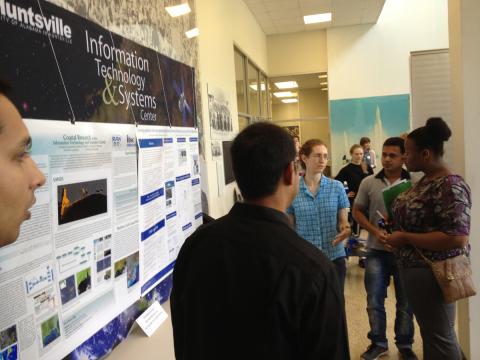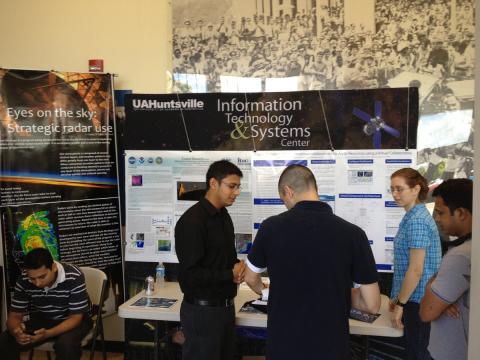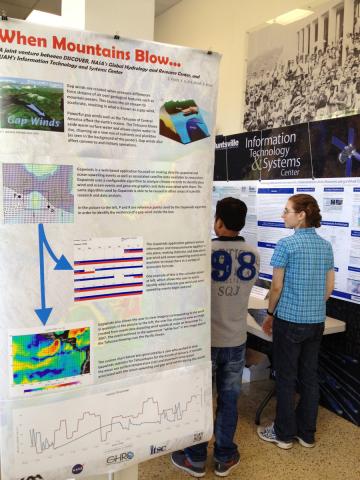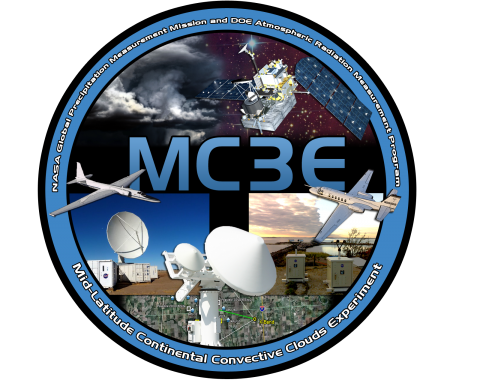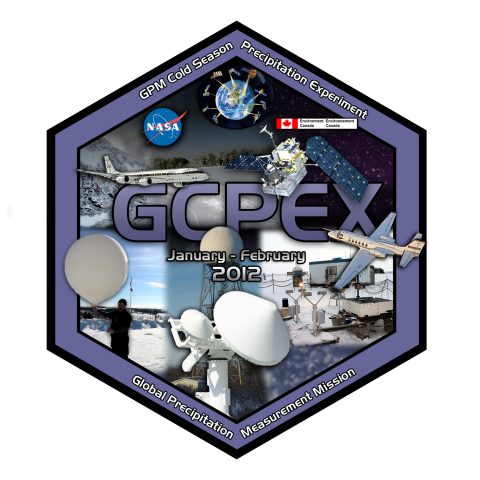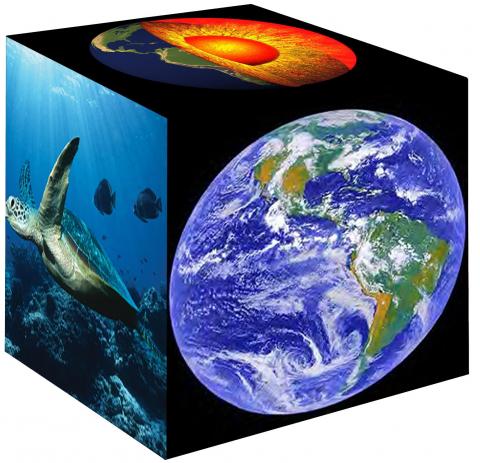
Drs. Sara Graves and Rahul Ramachandran represented the Global Hydrology Resource Center at the NSF EarthCube End-User Principal Investigator Workshop. This workshop brought together the PIs of the EarthCube end-user domain workshops along with a small number of cyberinfrastructure specialists and social scientists. A key focus of the meeting was user needs in data discovery, mining and access.


